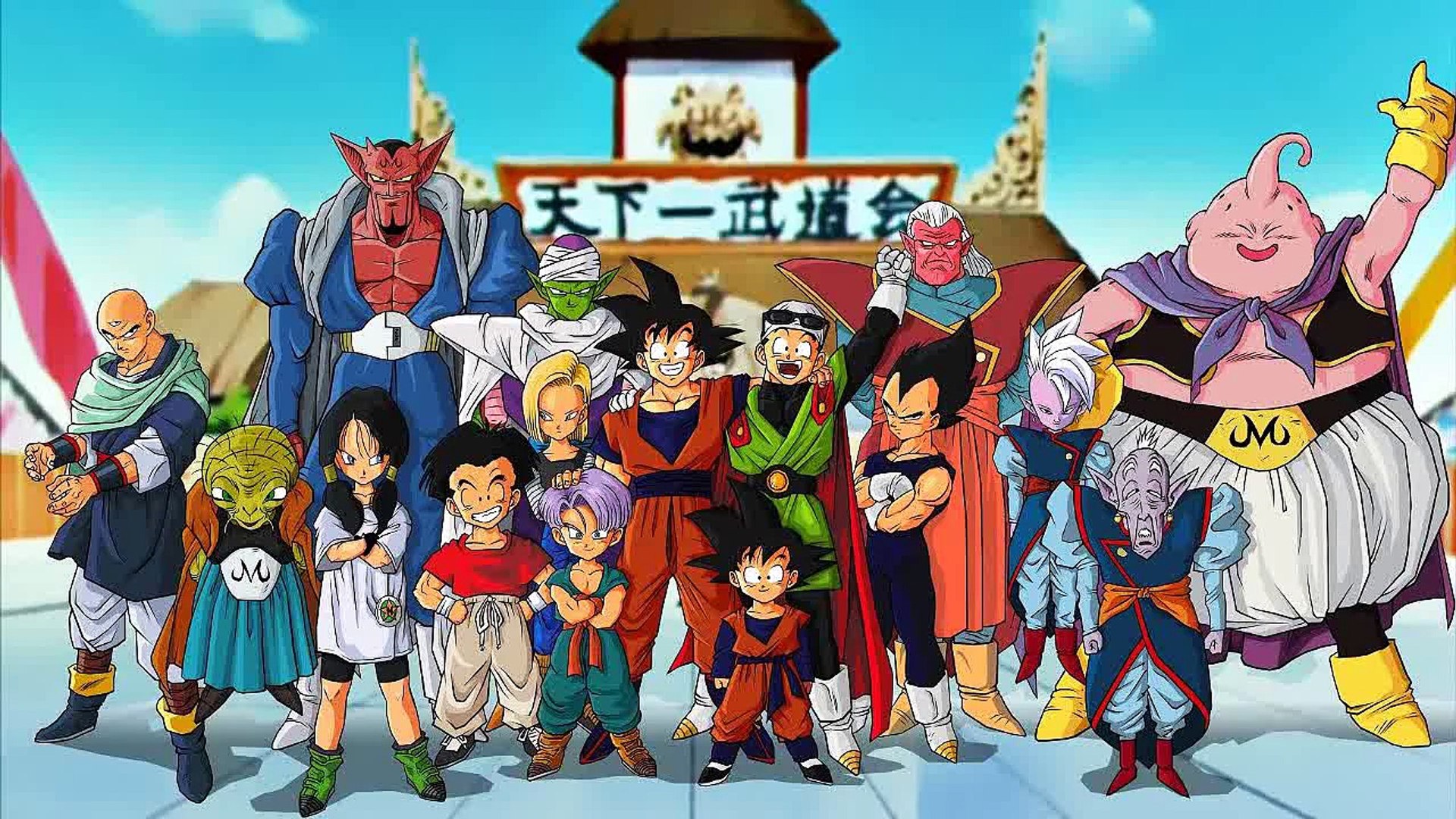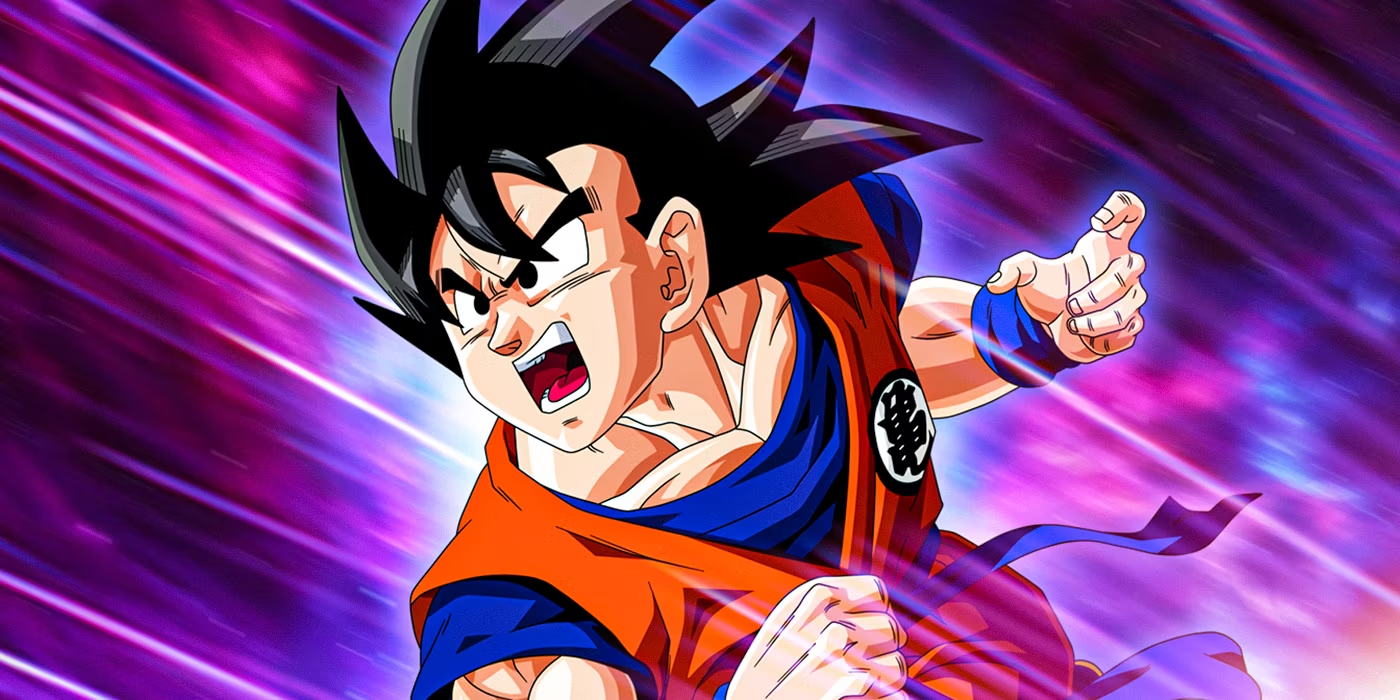The Enduring Legacy of Dragon Ball: A Comprehensive Overview
The “Dragon Ball” franchise, created by Akira Toriyama, stands as one of the most influential and enduring series in the realm of anime and manga. Originating in the 1980s, its rich narratives, thrilling battles, and relatable characters have captivated audiences worldwide. This post aims to provide a comprehensive overview of all Dragon Ball series, exploring their unique attributes and collective impact on popular culture.
Dragon Ball
The journey began in 1984 with the release of the original “Dragon Ball” manga, serialized in “Weekly Shōnen Jump.” The story follows the adventures of a young boy named Son Goku, who possesses extraordinary strength and an innocent disposition. Inspired by the classic Chinese tale “Journey to the West,” Goku embarks on a quest to find the seven Dragon Balls, which have the power to summon a dragon that grants wishes. This initial series, blending comedy, martial arts, and fantasy elements, introduces many key characters, including Bulma, Krillin, and Master Roshi. It spans 519 chapters, concluding in 1995.
Dragon Ball Z
In 1989, the sequel “Dragon Ball Z” was launched, significantly expanding the universe. This series retains the core characters from its predecessor while introducing a plethora of new ones, particularly formidable antagonists like Frieza, Cell, and Majin Buu. “Dragon Ball Z” centers on Goku’s maturation as a fighter and a father, focusing on more intense battles and complex story arcs, such as the Saiyan saga and the Cell Games. This series is renowned for its dramatic fight sequences and moments of emotional depth, ultimately becoming a cultural touchstone and cementing the franchise’s popularity across global markets.
Dragon Ball GT
Following “Dragon Ball Z,” “Dragon Ball GT” debuted in 1996. Unlike its predecessors, GT was not based on the original manga but rather a sequel created by Toei Animation. Set several years after Z, GT follows Goku, who is transformed into a child by the Black Star Dragon Balls. While it has a devoted fanbase, GT received mixed reviews due to its departure from some of the established character arcs and themes. Nevertheless, it introduced notable concepts and characters, such as the Shadow Dragons, who serve as antagonists.
>>> Buy now: Dragon Ball Ha04 Custom Air Jordan Shoes Sport
Dragon Ball Super
In 2015, the franchise experienced a renewed surge in popularity with the release of “Dragon Ball Super.” Set after the events of “Dragon Ball Z,” this series expands the universe even further, introducing multiverse concepts and new transformations, such as Super Saiyan God and Ultra Instinct. The narrative structure allows for the exploration of power dynamics among different universes, adding depth and variety to the storytelling. “Dragon Ball Super” has received particular acclaim for its unique story arcs, including the Battle of Gods and the Universe Survival Arc, culminating in the climactic Tournament of Power.
Dragon Ball: Super Hero
Building on the success of “Dragon Ball Super,” the franchise expanded into film with “Dragon Ball: Super Hero,” which was released in 2022. This film shifts focus to two beloved characters, Piccolo and Gohan, exploring their development and roles within the ongoing conflict against new adversaries. Utilizing advanced CGI animation techniques, the film revitalizes the familiar aesthetic of the series while presenting fresh narratives and challenges for our heroes.
>>> Read more:
From its humble beginnings as a manga to its status as a cornerstone of anime culture, the “Dragon Ball” franchise has significantly influenced the landscape of entertainment. Through its various series and adaptations, it has provided fans with unforgettable experiences, character journeys, and a shared passion for storytelling. As the franchise continues to evolve, one thing remains clear: “Dragon Ball” will forever hold a special place in the hearts of fans across generations.




